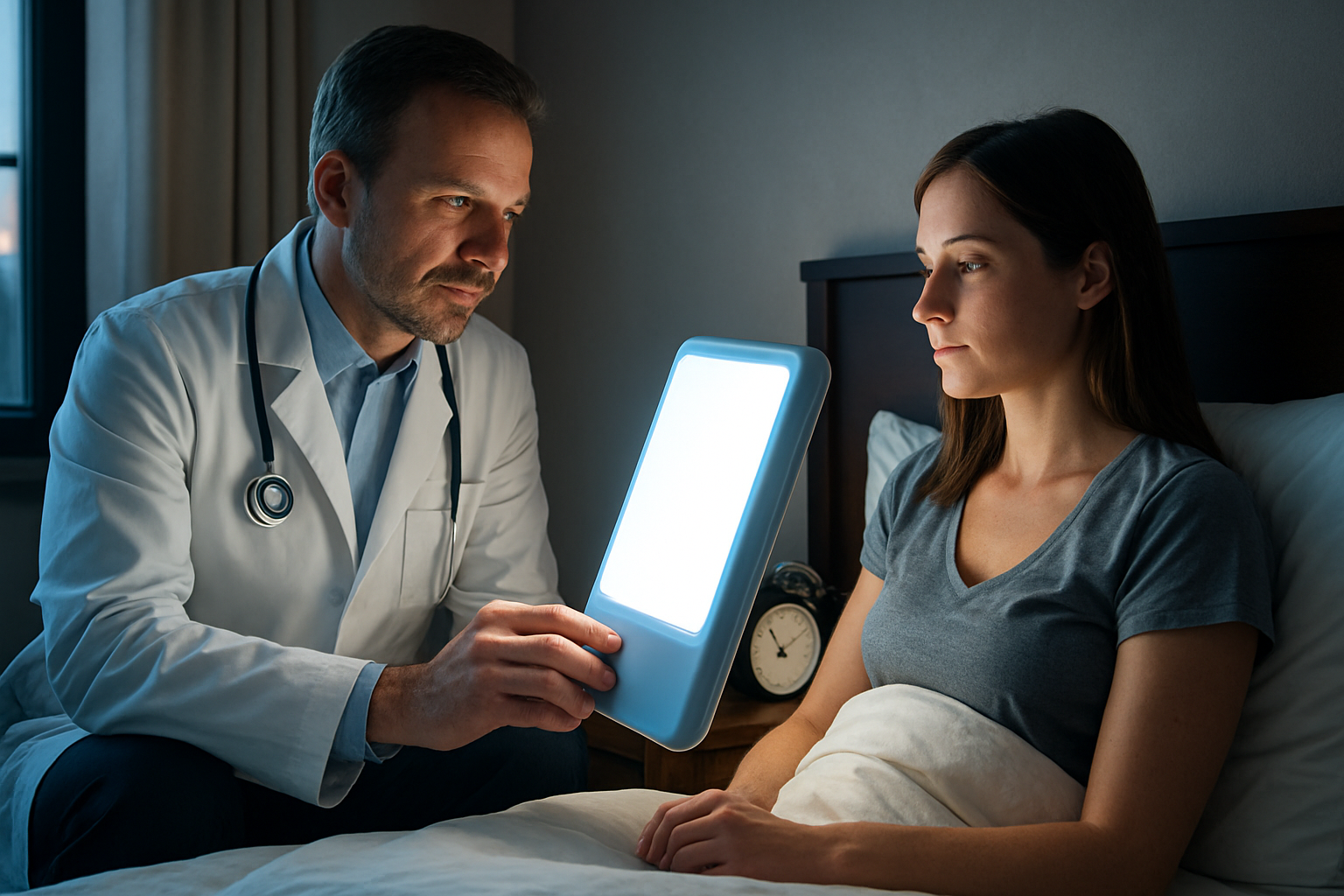Top Treatment Options Commonly Used for Sleep Apnea
Sleep apnea is a condition that disrupts breathing during sleep, often leading to fatigue, concentration issues, and long-term health effects. Treatment options vary based on the severity and type of sleep apnea and may include non-invasive devices, lifestyle adjustments, or surgical procedures. This article outlines the most commonly used and widely recommended approaches to managing sleep apnea, including CPAP therapy, oral appliances, and positional strategies. The goal is to highlight evidence-based options that can support better sleep quality and respiratory function.

What Makes CPAP Therapy the Gold Standard Treatment?
CPAP therapy for sleep apnea remains the most widely prescribed and effective treatment for moderate to severe obstructive sleep apnea. Continuous Positive Airway Pressure machines deliver a steady stream of pressurized air through a mask, keeping the airway open throughout the night. Modern CPAP devices are quieter, more comfortable, and equipped with features like heated humidifiers and data tracking capabilities.
The effectiveness of CPAP therapy is well-documented, with studies showing significant improvements in sleep quality, daytime alertness, and cardiovascular health. However, success depends heavily on consistent use, with healthcare providers recommending at least four hours of nightly usage. Patient compliance remains a challenge, leading to ongoing innovations in mask design and machine technology.
How Do Oral Devices Provide an Alternative Solution?
Oral devices for sleep apnea offer a less intrusive alternative to CPAP therapy, particularly for individuals with mild to moderate sleep apnea or those who cannot tolerate CPAP machines. These custom-fitted appliances, also called mandibular advancement devices, work by repositioning the jaw and tongue to keep the airway open during sleep.
Dental sleep medicine specialists create these devices after detailed impressions and sleep study results. The appliances are typically more comfortable for travel and don’t require electricity or maintenance like CPAP machines. While generally less effective than CPAP for severe cases, oral appliances show success rates of 60-70% for appropriate candidates and often result in better long-term compliance due to their convenience and comfort.
Which Lifestyle Changes Support Sleep Apnea Management?
Sleep apnea remedies often include significant lifestyle modifications that can reduce symptom severity and improve treatment outcomes. Weight loss stands as one of the most impactful changes, as excess weight contributes to airway obstruction. Even modest weight reduction of 10-15% can lead to meaningful improvements in sleep apnea symptoms.
Sleep position modifications also play a crucial role, as sleeping on one’s back often worsens airway collapse. Positional therapy devices, wedge pillows, or even tennis balls sewn into pajama backs can encourage side sleeping. Additionally, avoiding alcohol and sedatives before bedtime, maintaining regular sleep schedules, and treating nasal congestion can all contribute to better breathing during sleep.
When Should Surgical Interventions Be Considered?
Surgical options become relevant when conservative treatments fail or aren’t suitable for specific anatomical issues. Common procedures include uvulopalatopharyngoplasty (UPPP), which removes excess tissue from the throat, and septoplasty to correct deviated nasal septums. More advanced options include jaw repositioning surgery and hypoglossal nerve stimulation devices.
The selection of surgical approaches depends on the location and cause of airway obstruction, determined through detailed sleep studies and imaging. Success rates vary significantly based on the specific procedure and patient characteristics, making thorough evaluation and realistic expectations essential components of the decision-making process.
What Unique Sleep Apnea Treatment Trends Exist in America?
The United States leads in sleep apnea treatment innovation, with emerging technologies like adaptive servo-ventilation (ASV) for complex sleep apnea and implantable nerve stimulation devices gaining FDA approval. Telemedicine has revolutionized sleep apnea care, allowing remote monitoring of CPAP compliance and virtual consultations, particularly beneficial in rural areas where sleep specialists may be scarce.
American insurance coverage for sleep apnea treatments has expanded significantly, with most major insurers covering CPAP equipment, oral appliances, and necessary sleep studies. The integration of sleep medicine into primary care practices has also improved early detection and treatment initiation, leading to better patient outcomes across diverse populations.
How Do Treatment Costs Compare Across Different Options?
Understanding the financial aspects of sleep apnea treatment helps patients make informed decisions about their care options. Treatment costs vary significantly based on the chosen approach, insurance coverage, and geographic location within the United States.
| Treatment Type | Typical Cost Range | Insurance Coverage | Long-term Expenses |
|---|---|---|---|
| CPAP Therapy | $500-$3,000 initially | Usually 80-100% covered | $200-$500 annually for supplies |
| Oral Appliances | $1,800-$3,000 | Often 50-80% covered | $200-$400 every 3-5 years |
| Sleep Surgery | $3,000-$15,000+ | Variable, 50-90% | Minimal ongoing costs |
| Lifestyle Programs | $100-$1,000 | Rarely covered | Ongoing program fees |
CPAP therapy typically offers the most cost-effective long-term solution, especially with insurance coverage, while surgical interventions require higher upfront investments but may reduce ongoing expenses. Oral appliances fall between these options, offering moderate initial costs with occasional replacement needs.
Prices, rates, or cost estimates mentioned in this article are based on the latest available information but may change over time. Independent research is advised before making financial decisions.
Conclusion
Effective sleep apnea management requires a personalized approach that considers individual symptoms, severity, lifestyle factors, and treatment preferences. While CPAP therapy remains the gold standard for most patients, the availability of oral appliances, surgical options, and lifestyle modifications ensures that virtually everyone can find a suitable treatment path. Success often comes from combining multiple approaches and working closely with healthcare providers to optimize treatment outcomes. The key lies in early diagnosis, consistent treatment adherence, and regular follow-up care to ensure long-term health benefits and improved quality of life.
This article is for informational purposes only and should not be considered medical advice. Please consult a qualified healthcare professional for personalized guidance and treatment.




